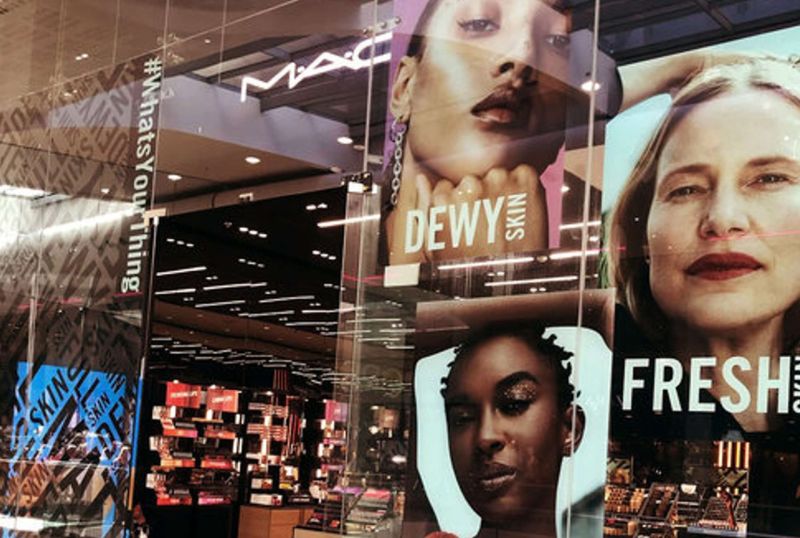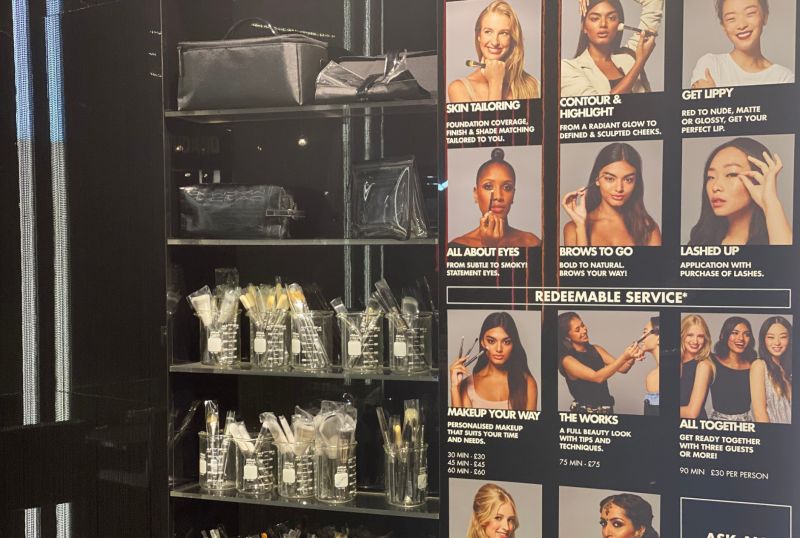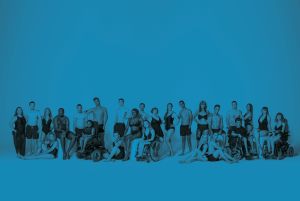Diversity and Inclusion in Retail
Driven by a shift in consumers’ expectations, diversity and inclusion are becoming increasingly more important for businesses globally. Does it really matter that this is a response to commercial pressure or a higher moral duty? What matters is that the barriers surrounding diversity are broken down and that we change our attitudes and become a truly inclusive society. This shift by businesses is both encouraging and necessary.
Fed by our belief that retail experiences are playing an increasingly important role in defining our broader social interactions, we have been asking ourselves how corporate diversity and inclusion policies translate into the physical retail environment and customer experience. For businesses with a retail presence, how do they deliver inclusive experiences to their customers?
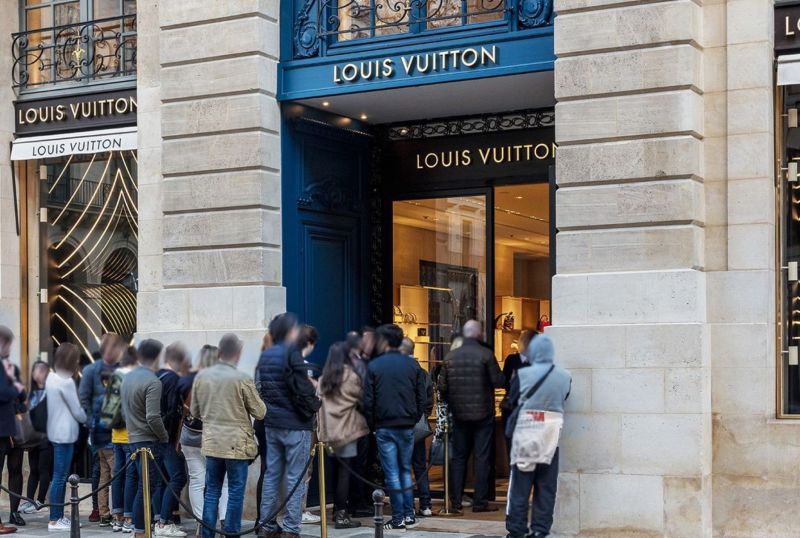
There isn’t a straightforward answer to such a complicated question. Every business is different, and brands are exclusive by nature as they are designed to meet the desires and needs of different target groups and their distinct offer requires a specific solution.
For much of a business’ marketing activities, it is totally reasonable that they focus on their own target market. But when it comes to branded physical environments, we believe that companies can only gain by making these spaces as inclusive as reasonably possible. Brands can choose their target market, but they can’t choose the customers who come through their doors.
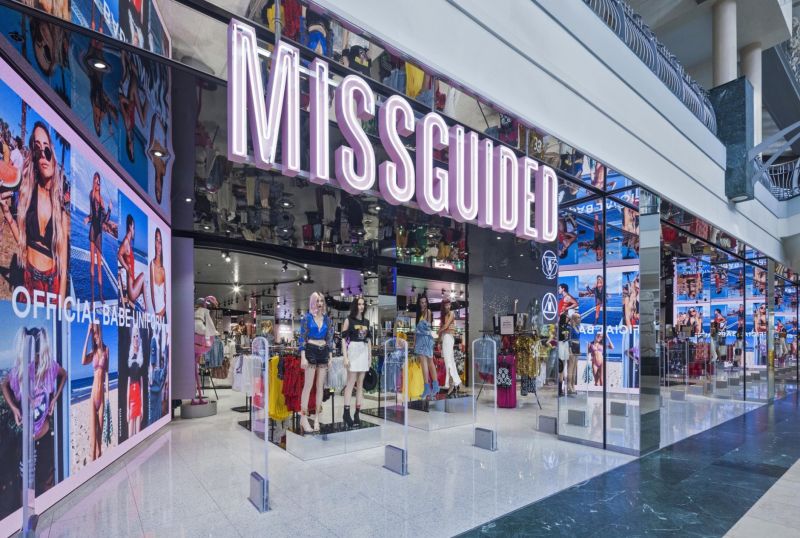
Designers, both makers and thinkers, are uniquely positioned to help companies translate complex ideas and corporate policies into the built environment. To encourage further discussions, we have identified a number of insights that will help you understand how your retail experiences can become more inclusive... beyond your own target markets. As a starting point, we defined ‘diversity’ as the mixture of individuals in society; the range of human differences, and ‘inclusion’ as the practice of providing equal access and opportunities to people who might otherwise be excluded or marginalised.
Accessible doesn't mean inclusive
When we take a more in-depth look into what is required to comply with the disability regulations, we understand the attention and focus on ‘access’ but feel further conversations to define ‘inclusive’ interactions are desperately needed. Inclusion is not necessarily achieved by merely providing access. Real inclusion is achieved when a single design solution provides access for the total scope of human differences. An inclusive solution makes those with differences feel part of the same community, rather than having their differences highlighted and held up to define them.
In our store design for Canadian telecommunications brand ‘Rogers’, we designed a round café table that could be used for consultation and payment interactions by both wheelchair users and non-wheelchair users alike. This well-considered solution was central to the store concept. Yet, we were required by the disability regulations to have an additional ‘flip down’ table at the high service counter, specifically for wheelchair users. To us, this contradicts the spirit of inclusion because it makes wheelchair users the ‘other’ and normalises the able-bodied. When people are treated differently to others, even if it’s in a considered way, they may not feel equal or genuinely included.
It’s not just about the physical differences
Discussions around inclusion and accessibility mainly focus on our physical differences, and we often forget this is only one aspect. This needs to change. As societies acknowledge diversity in all its shapes and forms, our understanding of the impact the built environment can have on these differences also needs to evolve. A concept of increasing awareness is ‘neurodiversity’, a term that normalises the variances of behavioural traits in society that have previously been stigmatised. We must be more inclusive of these differences when designing a retail experience.
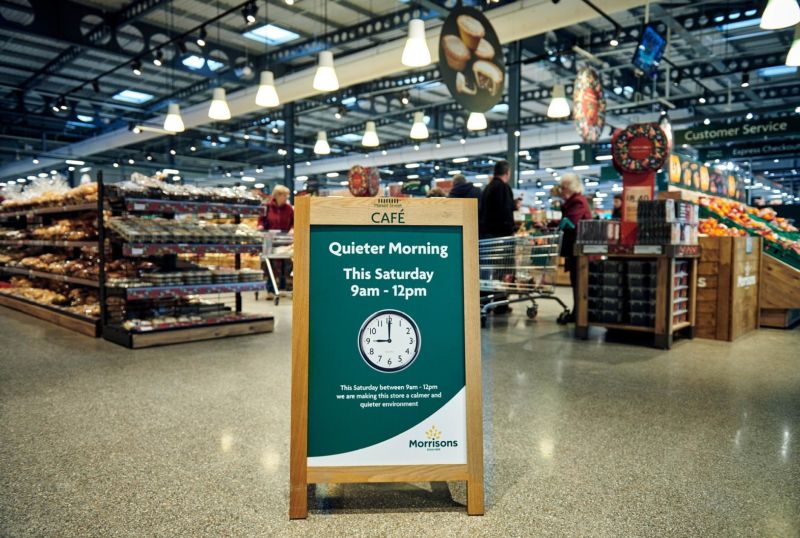
British supermarket chain Morrisons initiated a nationwide ‘Quieter Hour’, with Asda, Tesco and Lidl following suit. Their stores are adapted to suit different sensory stimulation of autistic shoppers. During this hour, some of the lights are dimmed, no announcements are made over speakers, and the barcode scanners are silenced. How would you adapt your environment to be inclusive of autistic customers?
You must consider all touchpoints
Translating an ‘inclusive’ brand positioning into retail action is complex. Many retail brands are making great efforts to be diverse and inclusive but struggle to translate these policies onto the shop floor. When businesses create brands with ‘inclusive’ positioning, they need to be extra sure that their brand promise is represented throughout the store experience and at each moment of the customer journey. It’s no longer good enough for businesses to say they are inclusive. It’s how they act that matters. When a brand’s in-store actions reinforce its marketing claims, they become more authentic to their values, and a deeper customer connection is achieved.
Let’s consider a global leader in brand inclusiveness, MAC Cosmetics. Inclusion and diversity are integrated explicitly into their brand promise; ‘All Ages, All Races, All Genders’. We admire the high bar they set for themselves, but… during one visit to our local London MAC store, we recognised some opportunities to translate this promise better and create a more inclusive experience across all the physical touchpoints in-store. Some subtle changes to the store environment can easily help bring the ‘inclusive’ brand promise to the centre of the customer experience.
The promotional images displayed in-store exclusively featured young women, and the product names (‘Prissy Princess’, ‘Mischief Minx’, ‘Basic Bitch’) are heavily directed towards females. These should better reflect the brand’s positioning of ‘All Genders’. And although we found store staff to be exemplary representatives of the brand’s inclusive positioning, and they reflected well the ethnic diversity of their customers, there were no older women nor men amongst their staff in the store we visited. Should a brand appealing to all genders and ages ensure that both males and females of varying ages are always represented in-store? If there is no representation in-store of the brand position in either the promotional imagery or the staff, is their brand position then diminished? We believe that by increasing the diversity in-store through at least one touchpoint, minority consumers will feel empowered without affecting the majority. Would women, being the majority customer base for MAC, be turned off by some representation of men in-store?
Staff diversity is crucial for any retail 'inclusion' strategy
Staff diversity is paramount when delivering an inclusive retail environment for customers. It’s not reasonable to expect all stores to reflect the diversity of society, but stores should certainly reflect the diversity of their own target market. There is great power in customers seeing people similar to themselves reflected in the experience. They want to feel understood by the person representing the brand and serving them. Based on their gender, ethnicity or age, an absence of appropriate staff diversity can be a barrier for many customers. As the population ages, older retail employees will be in demand to reflect the customer profile and meet the needs of older consumers in their stores. We already see this as under-utilised in tech-related retail, where having a more senior staff member can vastly change the inclusivity of the store experience for older customers.
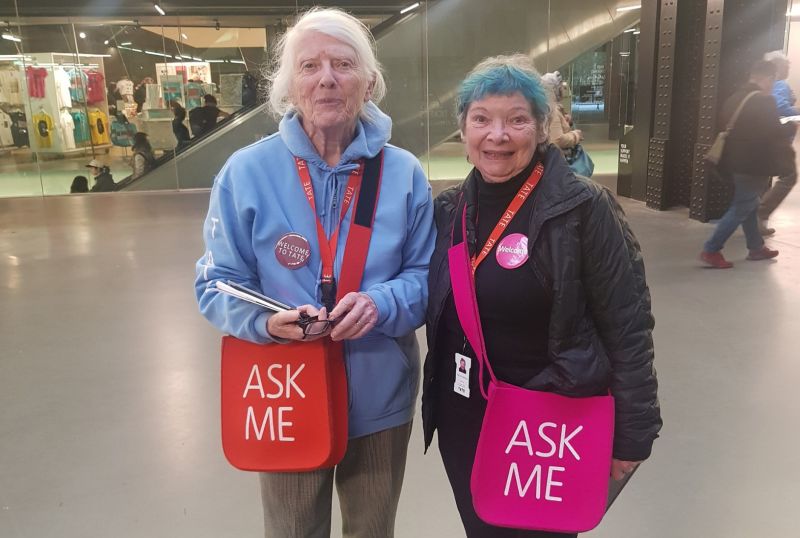
We recently encountered a great example of age-diverse staff when visiting London’s Tate Modern art gallery. Two older women wearing bags displaying ‘ASK ME’ were helpful to customers of all ages. Yet, additionally, they were able to convey information through the lens of their age group to their peers. Retail can learn from looking at how other public spaces, like museums, are being staffed.
You cannot prioritise everybody!
We should expect a brand to be inclusive of its target market. Granted, this is an easier task for brands with a niche target audience than for brands that have a wide market appeal. Those with a broader target market require their retail environments and experiences to be inclusive of many individual differences in society.
Consider how a large national based telecoms and media company, with the broadest of customer segments, would create an inclusive retail experience. With such a vast market appeal and the need to be inclusive of so many, they run the risk of becoming so generic that nobody can identify with them anymore. Retail environments and physical experiences that service a broad target market need to take specific care on many levels.
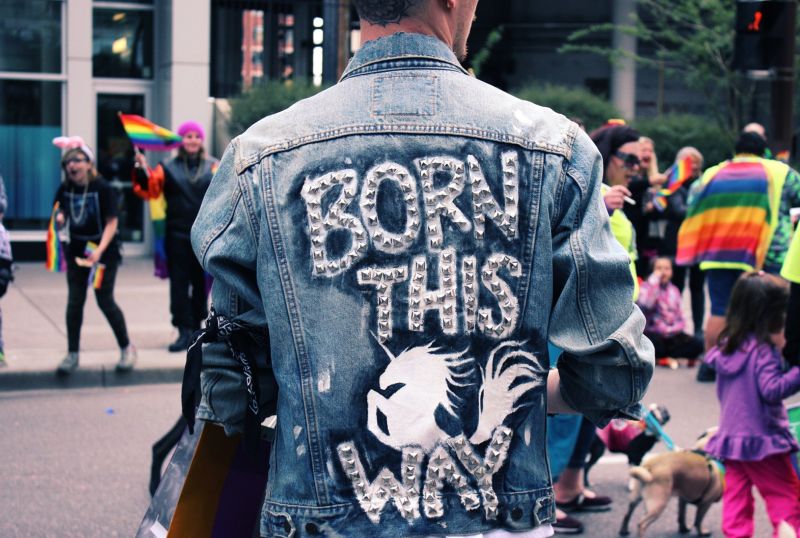
What about the in-store commercial messages? They would need to be relevant and legible to the elderly, but equally relatable for younger generations and accessible for the diverse variety of cultures in our society.
Consider creating an engaging waiting experience that is entirely different for a Gen Z than for a family with three children or an older couple. Designing for those individuals is one thing, but appealing to all of them in a single store is a real challenge. And all are important. Provide a poor waiting experience for a family, and they may lose selling a full suite of home services; a bad experience for a Gen Z, and they may lose a loyal customer for decades. No matter who, all customers expect to be the top priority.
‘The proof is in the pudding’. ‘Actions speak louder than words’. ‘What you do is more important than what you say’. All of these cannot be truer here. It is no longer good enough for any business to say they are diverse and inclusive, businesses need to act and behave inclusively. They don’t just need to be inclusive; they need to translate their corporate ‘inclusion’ policy (or brand value/market position) into everything they do as a business. Branded retail environments and experiences can play a fundamental role in conveying a brand’s inclusive and diverse values to their customers, and this translates directly into customers having a positive perception about the inclusivity and accessibility of your brand.
.
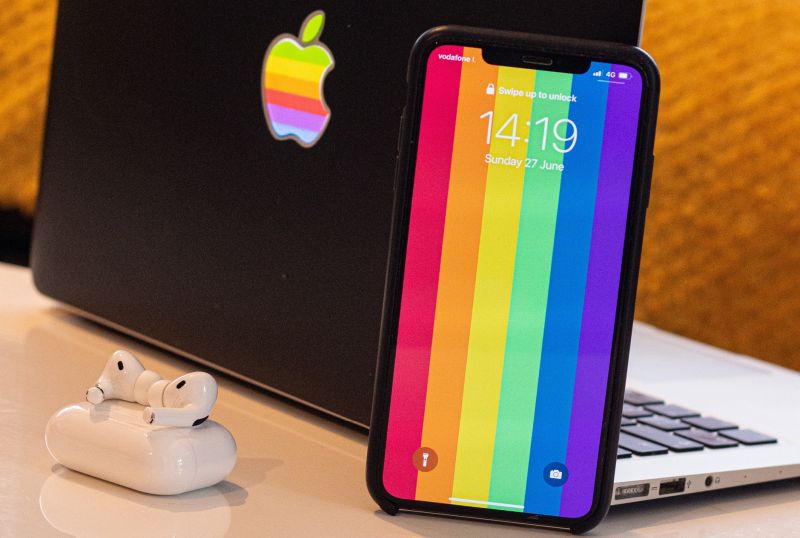
Businesses and brands will increasingly strive to be more diverse and inclusive, not just because of a larger moral duty to society, but because they will benefit from it, as will their customers. Today there is undeniable evidence showing that when solutions go beyond a business’ target market to include the wider diversities within the community, both the business and society benefit. Inclusive design isn’t just about elevating the experience of those more vulnerable, it’s about actualising the full potential of those in the margins to impact society as others can. Inclusive design creates shared experiences and often unforeseen innovation that all of society benefits from. When we design considering the margins of society we design for everybody, and all of society prospers.
The insights above are intended to trigger a wider discourse around inclusion and diversity within the retail landscape. There are many questions to answer still, and we will continue our path to understanding how these complex social issues can be better translated into the physical world around us.






